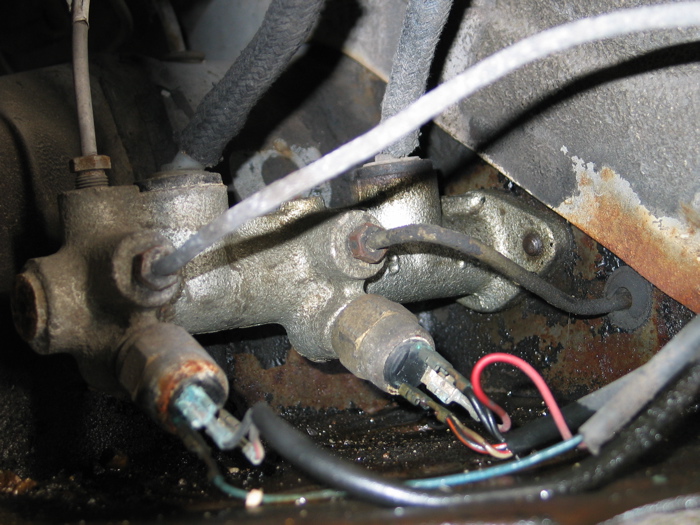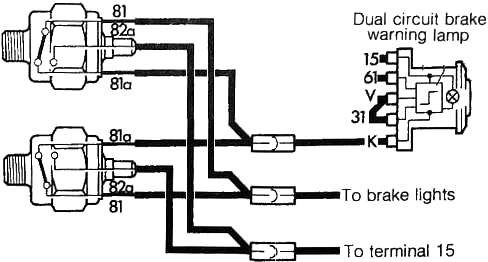i noticed yesterday that the brake lights on my car are not working. I have indicator lights and running lights working but no brake lights. I have verified they the bulbs are good. So where do I start looking for the connection to the brake? Is there a standard way the brake lights tie into the power panel on a CMC car? My car was built in 1989 on a CMC “c” body. I know that these cars do not have a standard build per se. but I was hoping for some advice on how to troubleshoot the problem. Thanks
R3d



